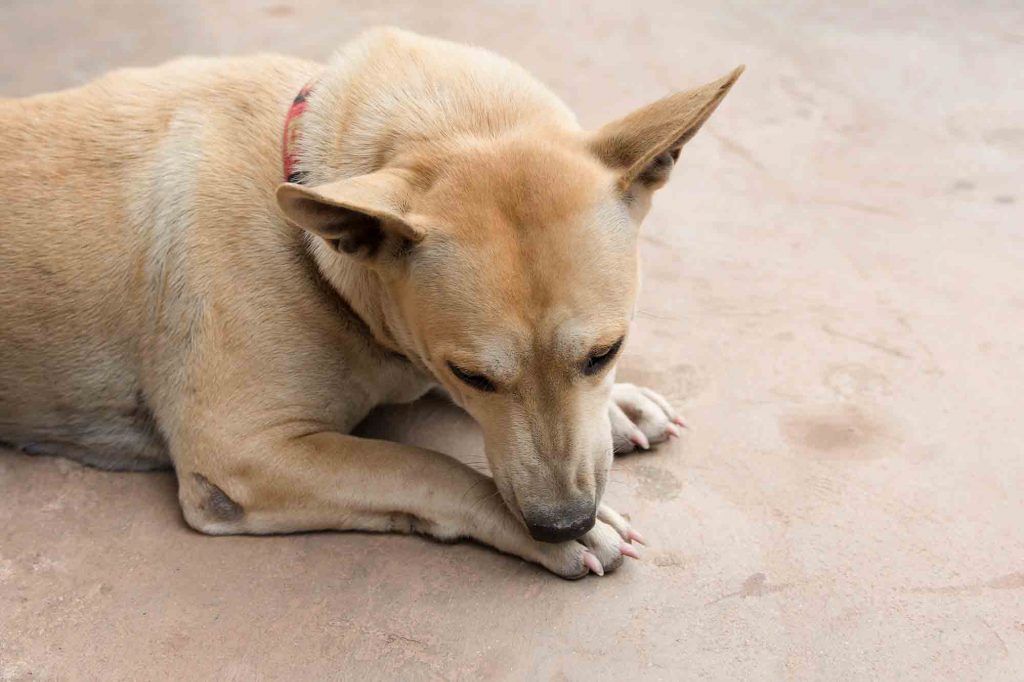An Itch You Can’t Scratch: What to Do About Lice in Pets
 If you’ve ever had to deal with a case of head lice, whether on yourself or your child, you know how upsetting it can be. Besides the “ick!” factor, treating a case of lice is time-consuming, frustrating, and can lead to many missed days of school and work.
If you’ve ever had to deal with a case of head lice, whether on yourself or your child, you know how upsetting it can be. Besides the “ick!” factor, treating a case of lice is time-consuming, frustrating, and can lead to many missed days of school and work.
Just like no one wants to see lice on their child, discovering your pet has lice can elicit a similar response. The intense itching and scratching can make pets (and their owners) a bit crazy, and tackling the issue head on (no pun intended) is ideal.
But First, The Good News
Dealing with lice in pets is certainly not one of the more pleasant aspects of pet ownership. Fortunately, you don’t have to worry about catching the gruesome pests from your dog or cat. Lice are species-specific, meaning that they stick with one type of animal only. Cat lice can be transferred only to cats, dog lice only to dogs, and human lice only to humans. Phew!
How to Spot Lice in Pets
Lice are not as common on pets as fleas, and most pet owners are alerted to their presence because of their pets’ persistent scratching, chewing, and licking. Other signs of a lice infestation may include:
- Rough, dry, or matted coat
- Hair loss, most commonly near the ears, neck, shoulders, or groin
- Small wounds or infections on the skin where lice have been feeding
- Nits – lice eggs that appear as small white specks on the pet’s hair
- Anemia / lethargy (rare, but may occur in smaller dogs or puppies)
- The presence of tapeworms or other parasites that can be spread by lice
Unlike fleas, which are dark in color and will probably zoom away as soon as you see them, lice in pets tend to be tan or brownish, and generally move more slowly. The empty egg shells, also called nits, can be distinguished from dandruff because they won’t easily fall off the fur when ruffled.
Treatment
Monthly flea and tick preventives have significantly reduced the occurrence of lice in pets, but it is still possible for a pet to contract lice through contact with an infected pet, such as at a dog park, community-style daycare or boarding, or other situations where many pets of the same species congregate.
Treatment of lice in pets is relatively straightforward and, fortunately, much easier than treating human lice. Many flea shampoos and other insecticides will effectively kill lice, but certain products are not safe for use on cats or in a home where cats live. Your veterinarian should be your first source of information when it comes to choosing a safe and effective product for your pet, and the protocol for safely administering it.
To help prevent a recurrence of lice, thoroughly wash and disinfect or dispose of your pet’s bedding, grooming products, and other items your pet has come in contact with. Keep in mind that in order to eliminate the problem, any other pets of the same species that live in the home must also be treated for lice, regardless of whether they appear infected or not.
We certainly hope you never have to manage a case of lice in your pet, but if you do, we are here for you! Don’t hesitate to contact your team at Lone Tree Veterinary Medical Center with your questions or concerns regarding lice in pets.



